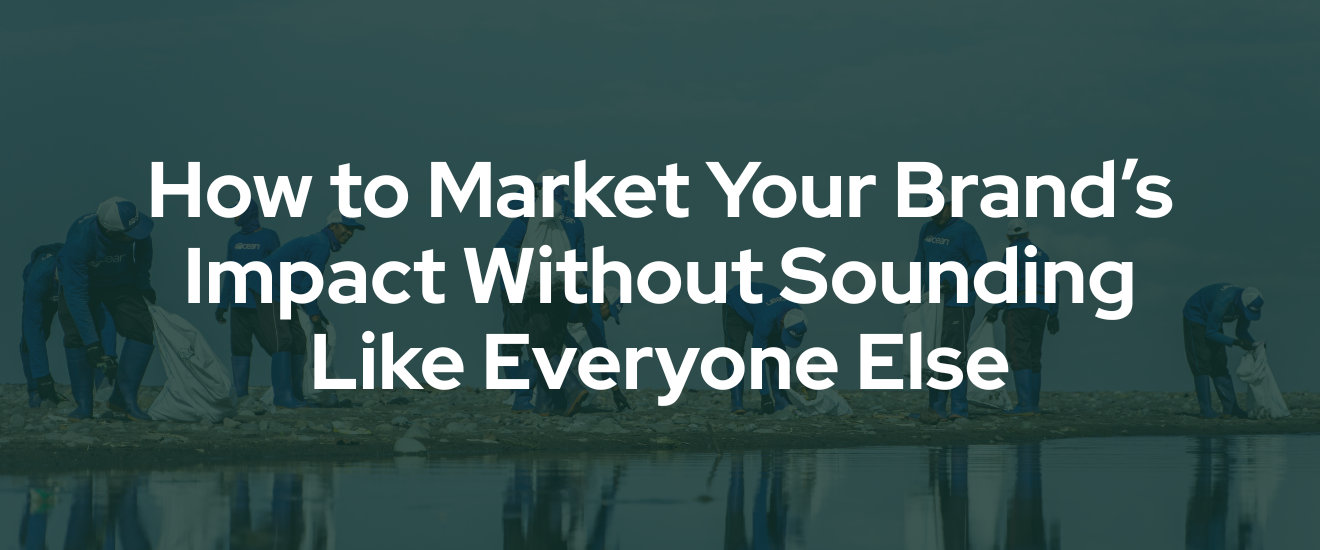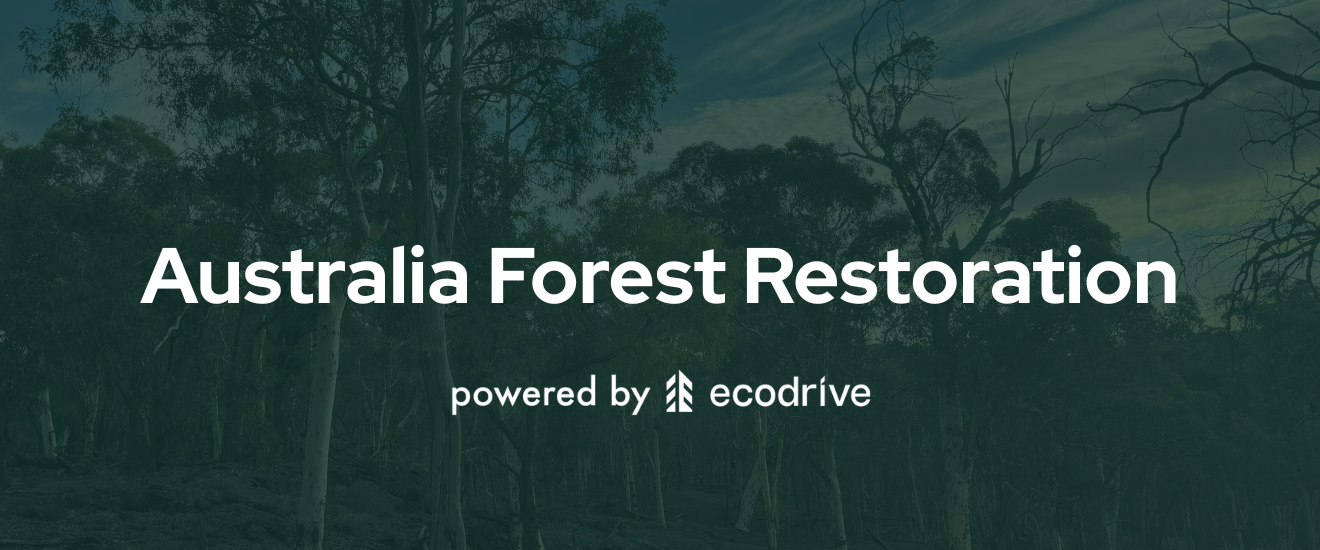How to Market Your Brand’s Impact Without Sounding Like Everyone Else
A guide to standing out in a sea of sustainability claims
Sustainability is everywhere, but so are the buzzwords.
In 2025, simply saying you “plant a tree with every order” or “care about the planet” isn’t enough to win customer trust. Today’s consumers are smarter, savvier, and more skeptical than ever before.
So how do you market your brand’s impact without sounding like everyone else?
This guide breaks down the strategies that actually work so your brand can communicate its values authentically, increase conversions, and avoid greenwashing pitfalls.
Why Most Impact Marketing Falls Flat
If your impact messaging sounds like it could come from any brand, it’s not doing its job.
Generic lines like:
- “We care about the planet”
- “We’re carbon neutral”
- “We offset emissions”
…are easy to tune out. They don’t explain what you’ve actually done, how it works, or why it matters.
This leads to three common problems:
- Consumer confusion (“How does offsetting work?”)
- Lack of trust (“Is this even real?”)
- Missed differentiation (“Everyone says this—why should I care?”)
1. Get Specific: Share Verified, Measurable Results
Vague: “We’re making a positive impact.”
Better: “We’ve removed 12,000 pounds of ocean plastic—verified by 4ocean.”
Consumers don’t need fluff, they need facts.
Use hard numbers, timeframes, and third-party verification wherever possible.
Platforms like Ecodrive help businesses quantify and prove every tree planted or pound of plastic removed.
💡 Tip: Include real-time counters, maps, or links to impact profiles in your marketing. They build instant trust.
2. Tell a Story, Not Just a Stat
Stats earn trust but stories earn loyalty.
Don’t just say you planted 10,000 trees. Show the location. Introduce the local team. Describe the biodiversity it protects.
Example:
“Each hoodie sold funds reforestation in Cariboo, British Columbia. These forests were devastated by wildfires and are now being brought back by local crews, one sapling at a time, every time you make a purchase.”
This approach brings meaning to the metric, and makes your customer feel like part of something real.
3. Tie Impact to the Product
Consumers want to know: “What does this have to do with the thing I’m buying?”
Make the connection crystal clear:
- “Each protein bar funds tree planting in Florida.”
- “Every candle removes 1 lb of plastic from U.S. coastlines.”
Don’t bury your impact in the footer - bake it into the product narrative.
This is especially powerful for e-commerce brands looking to increase cart conversion.
4. Show, Don’t Just Say
Use impact visuals wherever possible:
- Before-and-after site photos
- Video clips of tree planting or plastic collection
- Stats in icon format (e.g. 🌳 1,000 trees planted)
These assets are great for Instagram Reels, product pages, and post-purchase emails.
They prove your impact without needing paragraphs of explanation.
5. Let Your Customers Do the Talking
User-generated content (UGC) is one of the strongest trust signals you can have.
Encourage customers to share how their purchase contributed to something bigger:
- “Loved knowing my yoga mat helped clean up Bali's coastline.”
- “Just planted a tree with my order - super cool idea!”
Consider adding post-purchase prompts or giving a small incentive for reviews that mention your impact.
6. Avoid Overclaiming
Consumers can spot performative sustainability a mile away.
You don’t need to claim to be perfect, just be transparent.
Example:
“We’re not zero-waste yet, but we’re working toward it. And every order funds verified reforestation in wildfire-damaged regions.”
This honesty is refreshing and disarming. Your customers don’t expect perfection. but they do want to see progress and proof.
7. Refresh Your Messaging Regularly
Your brand evolves. So should your impact story.
Try updating your messaging every quarter:
- Rotate which project or location you highlight
- Refresh imagery to show real-time updates
- Share seasonal or campaign-based impact (e.g. “July = Plastic Free. Here’s what we cleaned.”)
This keeps your impact marketing from going stale and makes customers more likely to engage with it.
Final Thoughts
Marketing your impact isn’t about shouting louder, it’s about saying something real, specific, and verifiable.
When done right, impact marketing doesn’t just make you look good.
It helps you:
- Stand out in a saturated market
- Build trust with your customers
- Increase conversions and loyalty
Platforms like Ecodrive make it easy to connect every order to real, verified environmental projects, all while giving you the tools to communicate that impact authentically.
Ready to sound different from everyone else?
Start with real impact and tell the story only your brand can tell.
Book an Ecodrive demo below.












